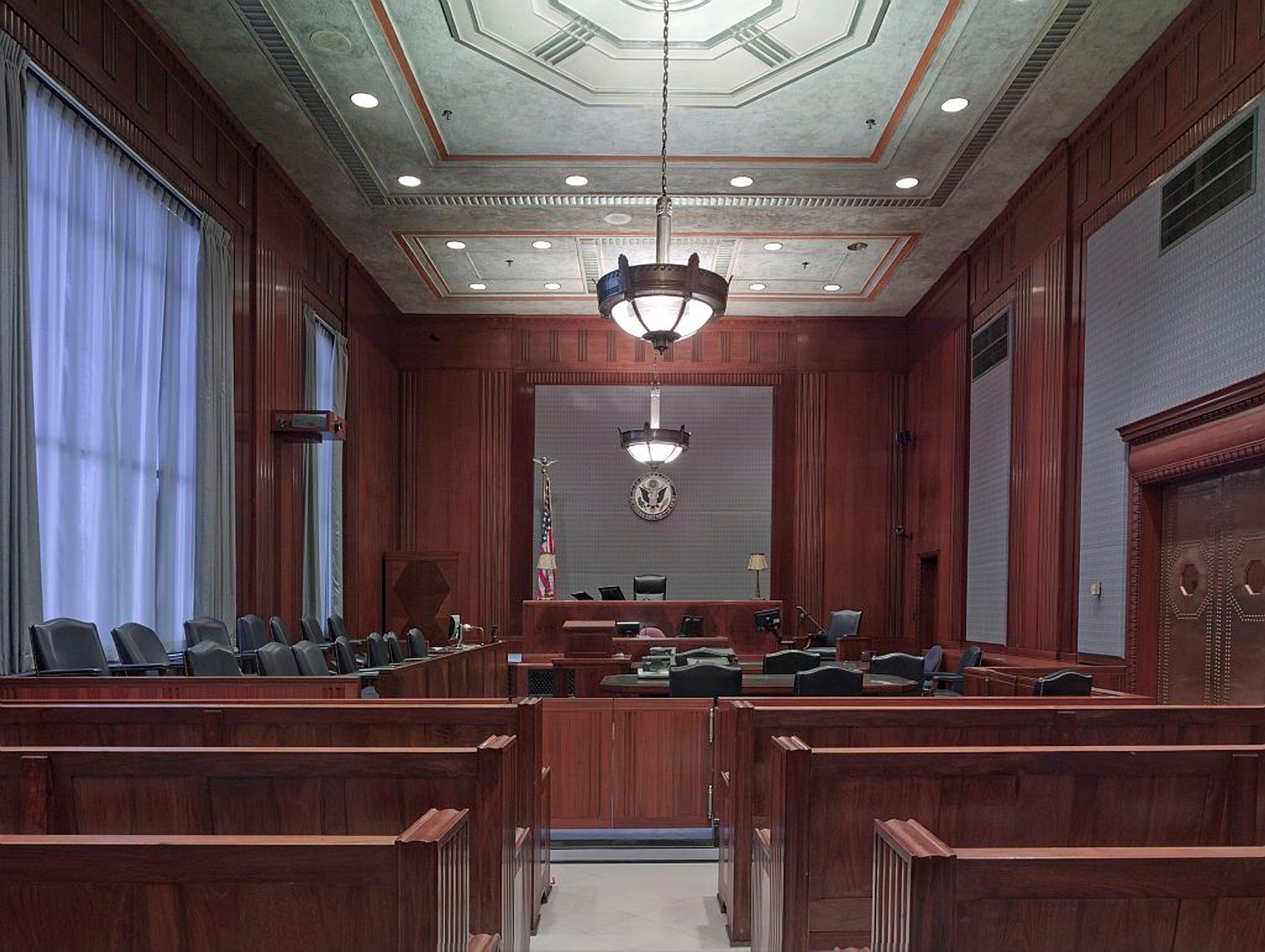Settlement vs Trial: Comparing Them in the State of Florida

When it comes to most civil lawsuits, the amount that is paid out is a negotiated settlement. This means that the plaintiff and defendant, working with their attorneys, come to an agreement on how much would be paid. If you file a Florida personal injury lawsuit, chances are that having your case go to trial are minimal. In fact, U.S. Justice Department data shows about 97 percent of all claims are settled or dismissed without a trial. However, if an agreement is not possible, a judge or jury may also order financial awards during a trial in court.
Settlement
A settlement can be reached at any point during litigation. In some cases, settlements are reached before a lawsuit is formally filed.
Though all cases are different, there are a few different ways settling a lawsuit usually goes:
- The plaintiff’s attorney submits a demand letter, which includes the amount of damages the plaintiff is demanding, a legal argument in support of the plaintiff’s demand, and copies of any supporting exhibits (medical bills, police reports, etc.).
- The defendant’s attorney submits a response to the demand package (usually in the form of a counteroffer).
- The attorneys begin to negotiate a settlement. This process usually involves telephone calls and emails between the lawyers.
Often, but not always, the parties agree on terms that fall somewhere between the plaintiff’s initial demand and the defendant’s initial counteroffer. When an agreement is reached, the parties sign a formal settlement document, which includes a release.
A settlement is often a preferable option because it can lead to a faster resolution. Claimants may be looking at a matter of months as opposed to the years it will likely take before a case can go to trial. Also, Florida law creates an incentive for plaintiffs to accept reasonable settlement offers. F.S. §768.79 holds that in any civil action if a defendant files an offer to settle that is not accepted and then later, the judgment at trial is either one of no liability or at least 25 percent less than that offer, the court must offset the defendant’s costs and attorney’s fees against the award. This can substantially reduce the amount of compensation. If the defendant’s costs and attorney’s fees are higher than the damages awarded at trial, the court will enter a judgment for the defendant against the plaintiff for the amount of those costs and fees, less the amount of the damage award.
Trial
In a personal injury trial, the parties present their arguments to a judge or jury, and the judge or jury determines whether the defendant should be held liable for the damages alleged by the plaintiff.
A jury trial involves 6 phases:
- Choosing a jury
- Opening statements
- Witness testimony and cross-examination
- Closing arguments
- Jury instruction
- Jury deliberation and verdict
Civil trials can last anywhere from a few hours to a few weeks. However, even short trials involve an incredible amount of preparation. When going to trial, a jury could potentially award more damages than you’ll receive in a settlement.
The decision to accept a settlement or take your case to trial is not one you should take lightly. Your South Florida injury lawyer should explain to you the cost-benefit analysis of both options. The personal injury attorneys at 411Pain have experience with all kinds of personal injury claims from car accidents to medical malpractice. If you’ve been injured through no fault of your own, call 1-800-411-PAIN and get the help you need! We will refer you to the attorneys that will fight to get you the compensation you deserve and the medical attention you need. If you have been hurt in an accident, call 1-800-411-PAIN, and we will guide you in finding you the best medical and legal professionals.



